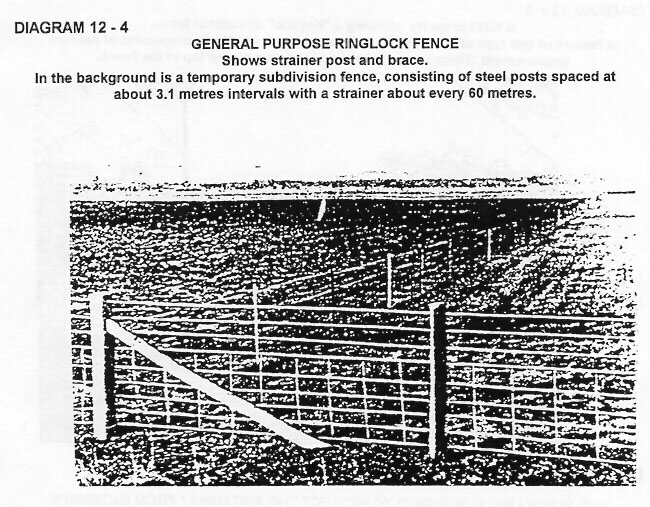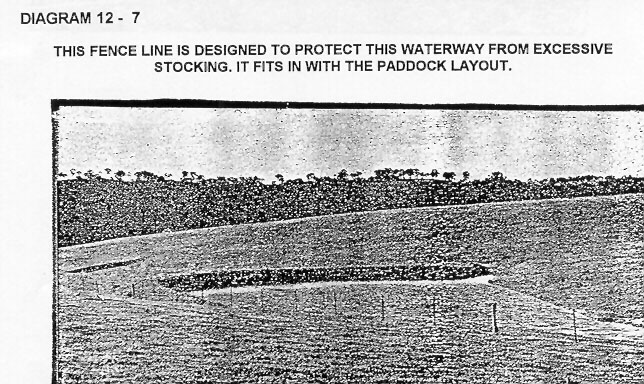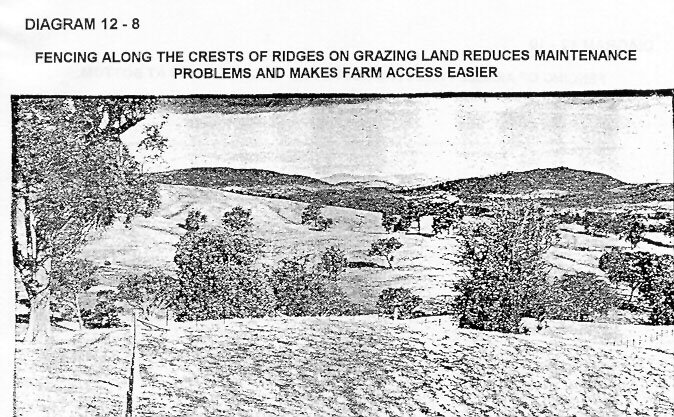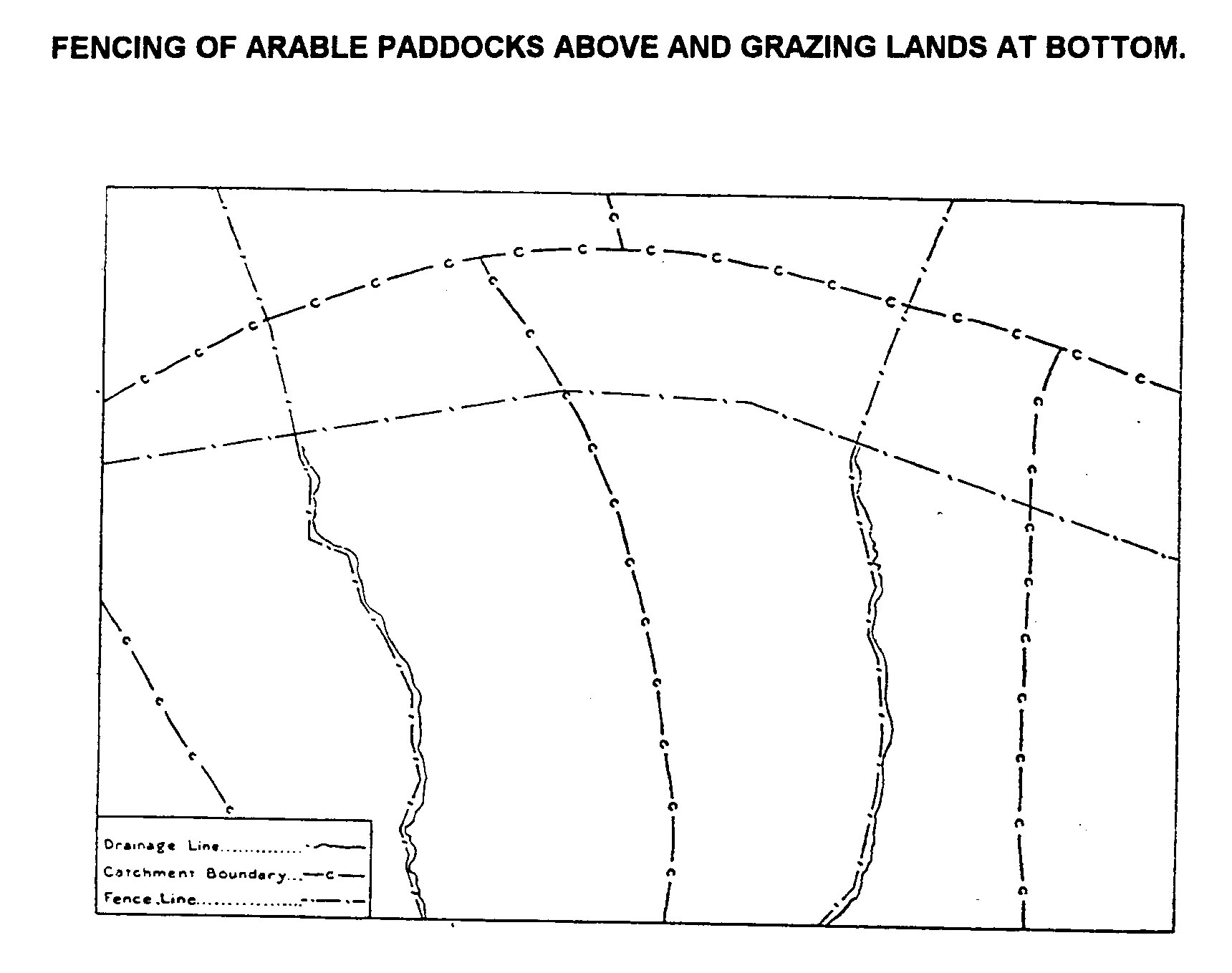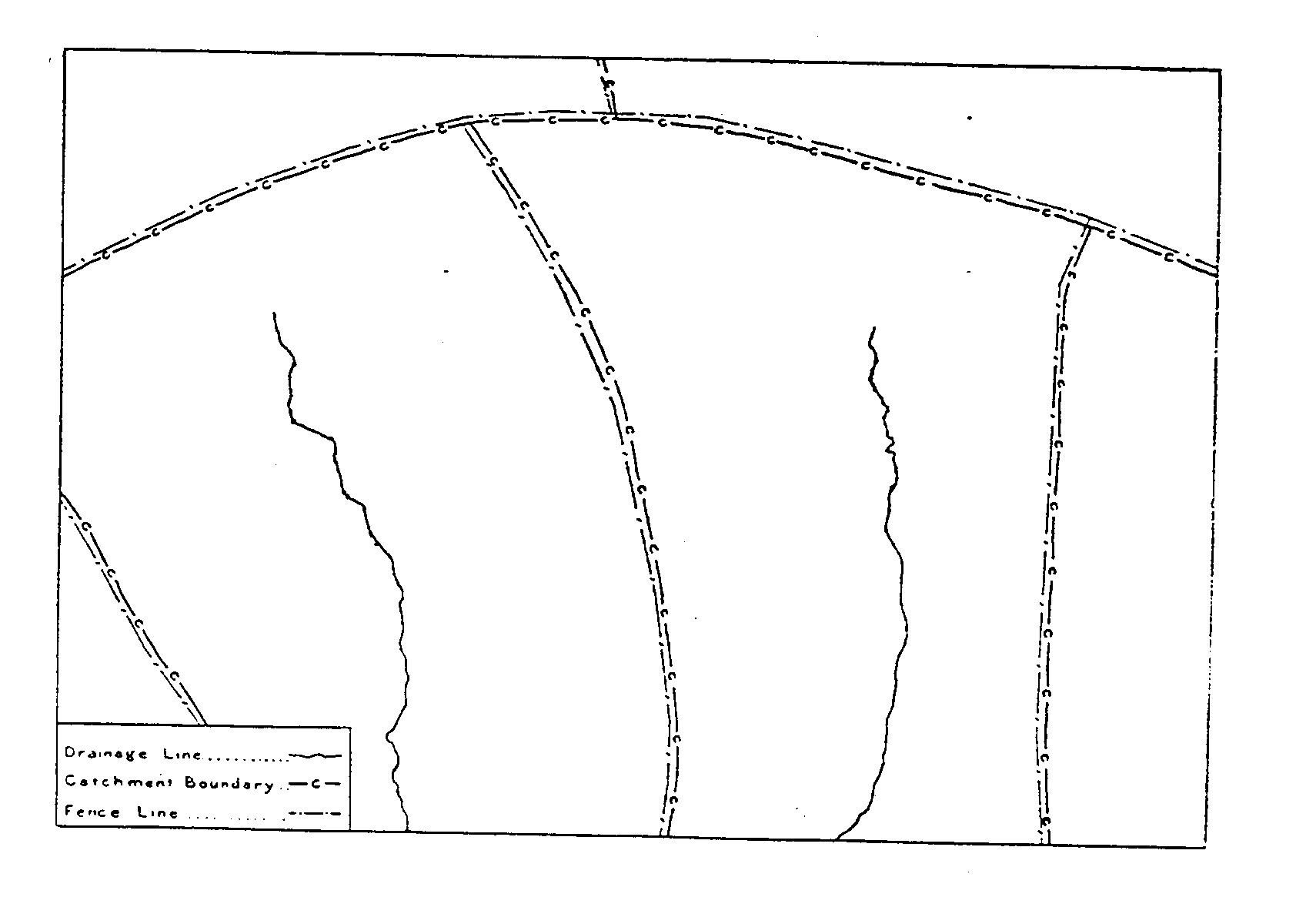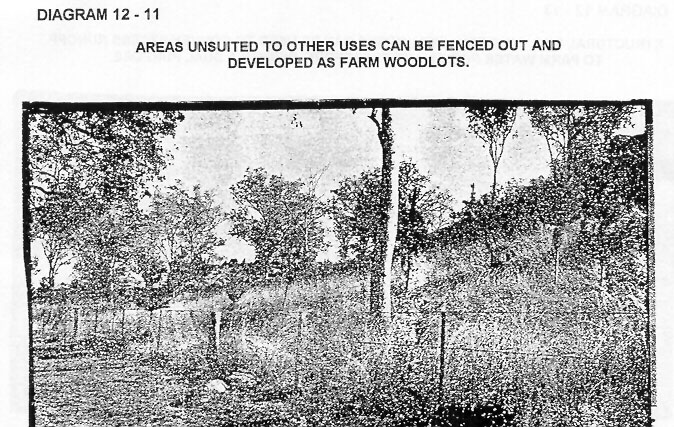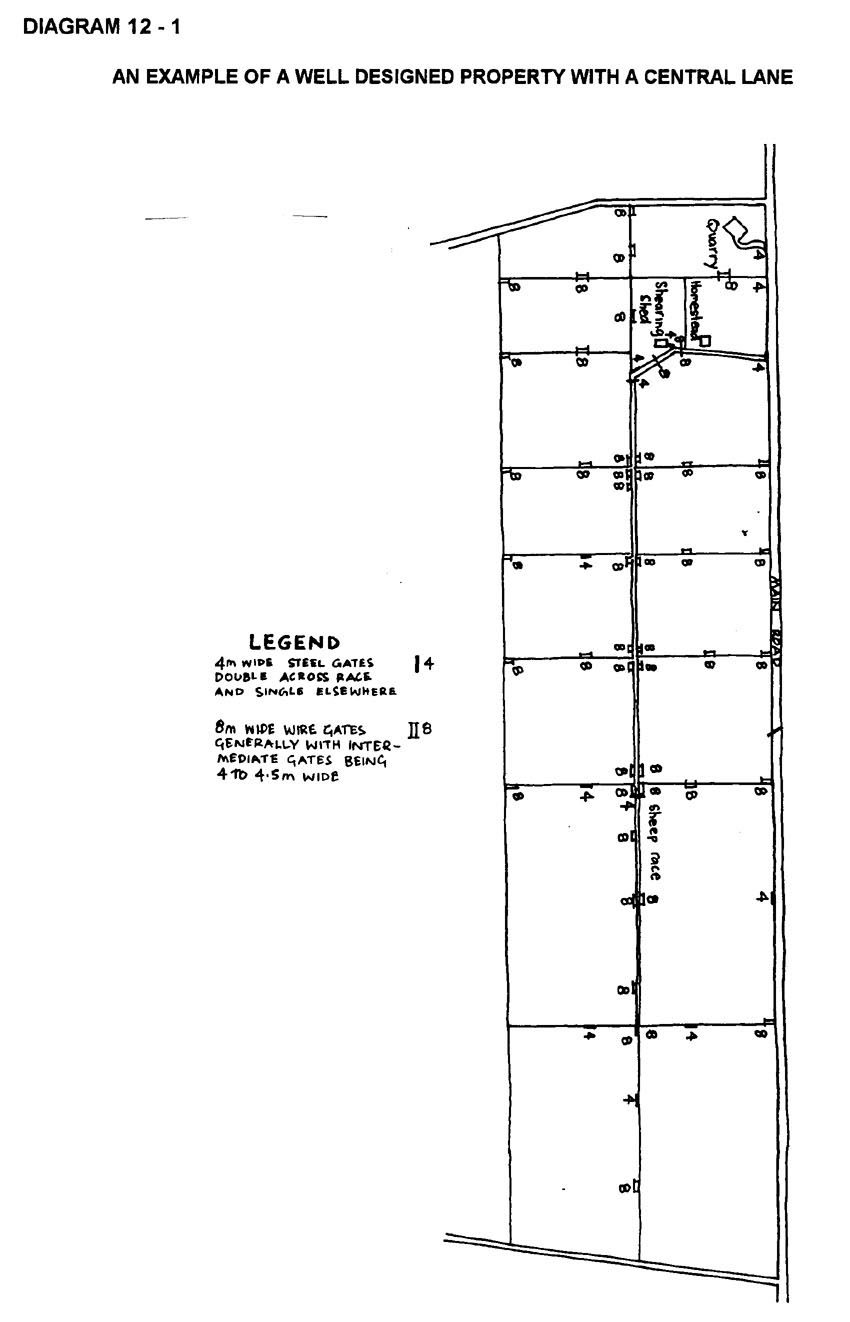
| $/metre | |
| NETTING:
90x4x1.4 |
1.82 |
| 105x4x104 | 2.10 |
| HINGE
JOINT: 6x70x30 |
0.68 |
| HINGE
JOINT:6x90x30
|
0.82 |
| HINGE
JOINT:6x80x15
|
1.20 |
| RINGLOCK: 6x70x30 |
0.84 |
| RINGLOCK: 6x90x30 | 0.97 |
| PLAIN:
4mm heavy gauge |
0.15 |
| PLAIN:2.5
mm Flexabel |
0.07 |
| PLAIN:2.5mm
Tie Easy |
0.08 |

| NO
LANEWAY SYSTEM |
LANEWAY SYSTEM | |
| Distance to move stock: | 2300 metres via paddock | 2 100 metres via F, E and A. laneway. |
| Time for outward journey: | 9 minutes |
5 minutes |
| Vehicle
@ 25 kph Vehicle @ 35 kph |
= 6 minutes. | = 3.5 minutes. |
| 4 gates open/close | 3 gates open only | |
| Time
for homeward journey: |
59 minutes. Deviation of stock through paddocks and 4 closed gates. | 48 minutes. No deviation and & 3 opened gates. |
| Total time to muster: | 58 minutes | 53 minutes |
| Return
stock to top paddock: |
48 minutes.
Return
stock via paddock
under supervision. |
8 minutes. Release stock into laneway and follow up later. |
| TOTAL
TIME: |
116
minutes |
61 minutes |
| Cost per kilometre of single fence line: | $ |
| EXAMPLE
A: Non-electric fence Materials( posts 10 m apart, 8 plain wires, 1 gate): |
3 100 |
| Labour: |
2 500 |
| EXAMPLE
B: Electric fence Materials: (posts 30 m apart, 5 plain wires, 1 lift gate) |
2 000 |
| Labour: |
1 700 |
| ROAD
FORMATION COST: Contract
grader at $100 per hour (approximately): |
550 |

